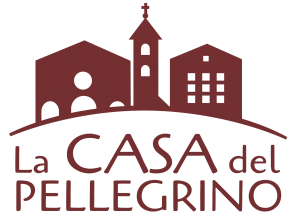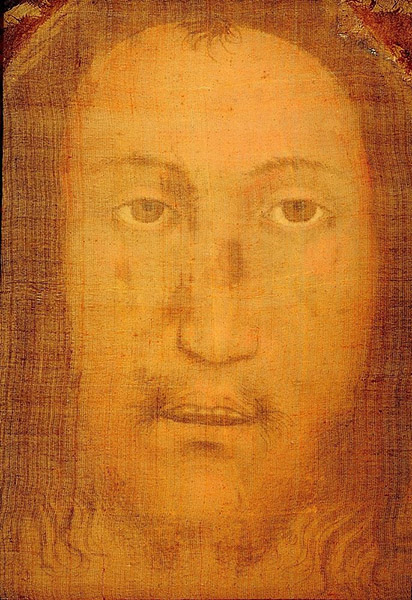The ‘’Casa del Pellegrino’’ and the Basilica of the Holy Face
The house
In May (2018), month that traditionally is linked to the festivity of the Holy Face, the Hotel ‘’Casa del Pellegrino’’ comes back to operation after a significant renovation of the entire building.
The structure, classified as a three stars, has 39 comfortable rooms (some of them able to accommodate persons with disabilities), provided with bathroom, totally renovated and air – conditioned, as well as is the bar, the two kitchens and the two dining rooms, one on the ground floor that has 160 seats and the other on the first floor. It took two years of work to set everything up, and all the expenses was incurred by the Capuchin Order of Abruzzo, owners of the building, with the contribution of the Abruzzo Region and the participation of our management company.
The construction of the house started in the fifties and was completed in 1970 on the impulse of Father Gaudenzio da Montenero. The house welcomes those who will come to the sanctuary, individually or in groups, with the intent to live an experience of meditation and prayer, living in contact with the extraordinary image, in the peace of Colle Tarigni, not far from the historical center of Manoppello.
The accommodation in the hotel, open all year, is also an opportunity to visit the surrounding area, rich in important historical and spiritual heritage.
The Basilica
The Basillica of the Holy Face was built around 1620, on a hill outside the town of Manoppello at the behest of the notary Donato Antonio de Fabriltiis, remodeling a present convent of monks. In 1811 the Capuchin friars were expelled with the the Napoleonic decree, that closed the Religious Institutes, and the Sanctuary was entrusted to the Poor Clares, who reclaimed it in 1816. In 1848 the church underwent other interv
entions, and in 1858 it was extended with a novitiate school. After a short period of closure for the laws of 1866, the convent was reopened and in 1876 the garden was confiscated to be used as a civil cemetery.
The Holy Face
The Veil appears for the first time in 1506, brought into the hands of Dr. Giacomo Antonio Leonelli by a mysterious pilgrim, almost an angelic figure, promptly vanished after the delivery. The event, which occurred outside the church of San Nicola in Manoppello, had the testimony of several people, which said they saw the ‘messenger’ make the delivery by entering the church, from which it was never seen again. The ‘package’ donated to Dr. Leonelli was a rolled-up cloth: when he opened it, he discovered the effigy and was dazzled so much until the point to make him decide to keep it jealously under key, in a hole created especially for that in his room, inside a wardrobe. The custody would have passed from generation to generation until a descendant of Leonelli, Marzia, married to a ‘soldier and man of arms’, had stolen it with force from family goods and sell it (in 1618) for four shields to Dr. Donato Antonio de Fabritiis, to be able to redeem the imprisonment of her husband, who had been locked up in Chieti. Naturally, in this story, it is said that those who held the ‘relic’ with love, lived a prosperous and trouble-free life, those who wanted to obtain it with the abuse, had sorrows and pains.
At the moment of the receiving of the ‘cloth’, which in the meantime had become quite famous and requested by many parts, Dr. de Fabritiis realized that it was very poorly preserved: in a short time, it would crumble into dust! He was grieving over the regrettable ‘purchase’, meditating also to get the money back, when in 1620, the Capuchin friars went to the village, and he was dissuaded by the latter to get rid of it and convinced that it was a precious thing. Father Clemente of Castelvecchio cut off all the “stracciatelli”, that are the flaps that detached themselves from the sides of the cloth while friar Remigio di Rapino provided to enclose it between two glasses within a wood of walnut frame, with a light of cm. 24 x 17.5. In 1646 it was definitively sold to the Order of the Capuchin Friars of Manoppello, whom still preserve it today. The original church was gradually enlarged, up to the current forms (XX century) of the Sanctuary of the Holy Face.

